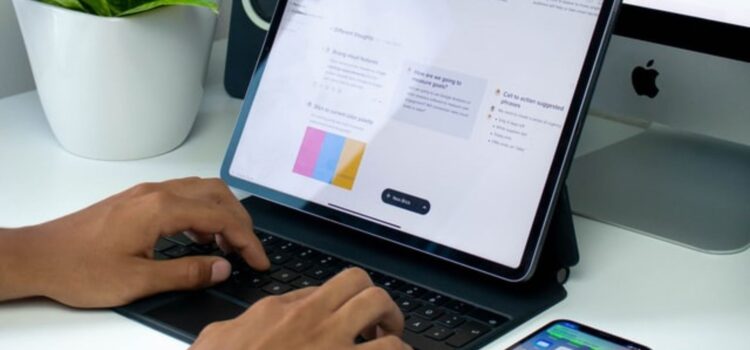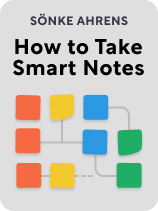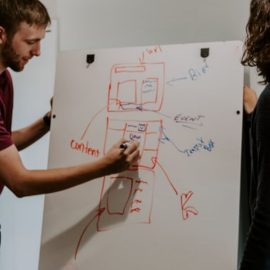

This article is an excerpt from the Shortform book guide to "How to Take Smart Notes" by Sönke Ahrens. Shortform has the world's best summaries and analyses of books you should be reading.
Like this article? Sign up for a free trial here .
Why is a digital Zettelkasten better than a paper version? What are the benefits of going digital?
Having a digital Zettelkasten is generally more convenient than a paper one. You can access a digital slip-box anywhere; you can only access a physical slip-box if you’re standing next to it. Having said that, paper slip-box is better for efficiency.
Here’s why you should have a digital version of the reference system—no matter which slip-box version you pick.
Digital Zettelkasten (Slip-Box)
While Niklas Luhmann (the creator of the Zettelkasten) used an analog system, Ahrens recommends a digital Zettelkasten. However, using an analog system has undeniable benefits. Writing temporary notes on paper is generally the most efficient and portable method. Also, if you write them all in the same notebook, it’s easy to know where you’ve collected all your notes so that you can go through them at the end of the day.
(Shortform note: There are several different ways to set up your digital slip-box system. For example, many users set up slip-boxes in Obsidian. You might also consider digitizing only part of your slip-box system: For example, if you, like 81% of Americans, already own a smartphone, writing temporary notes in a notes app may be easier than lugging around an extra notebook. Alternatively, you might start with an analog system and then move on to a digital system, as some users recommend: They explain that while digital slip-box systems are more efficient, starting with an analog system helps you learn the fundamentals.)
Similarly, one study suggests that handwriting improves your understanding of what you’re writing—so when creating literature notes, handwriting may help you clarify your understanding of the text.
(Shortform note: In contrast, a 2019 study suggests that handwriting doesn’t have such drastic effects: Test-takers who took handwritten notes didn’t perform significantly better than those who took digital notes.)
If you go the analog route, Ahrens recommends using A6 cards for each literature and evergreen note you create. You’ll also need a place to store your notes. Luhmann used a card catalog cabinet, but something as simple as a shoebox will also work.
You Can Have a Healthy Balance
Whether you use a digital Zettelkasten or a physical version, Ahrens urges you to keep your reference system at least partly digital: Even if you create your literature notes by hand, you should have their bibliographic information in a digital format because most academics and nonfiction writers draft their work on a computer. By using plugins like Zotero, you can easily collect bibliographical information with just a few clicks. Zotero also integrates with several word processing tools, like Microsoft Word, which makes tracking and editing citations within your final work much easier.
(Shortform note: On Ahrens’s website, he recommends other digital Zettelkastens you can use—namely Endnote, Mendeley, and Citavi—but explains that he prefers Zotero because it’s an open-source program that is continually being updated. However, not everybody likes digital: One slip-box system user worried that using a digital system would make collecting references too easy and thus discourage her from actually reviewing those references, so she used an analog system instead.)

———End of Preview———
Like what you just read? Read the rest of the world's best book summary and analysis of Sönke Ahrens's "How to Take Smart Notes" at Shortform .
Here's what you'll find in our full How to Take Smart Notes summary :
- Why traditional, prewriting note-taking methods don’t work
- How to use the slip-box system method of note-taking
- How to organize and file your notes






